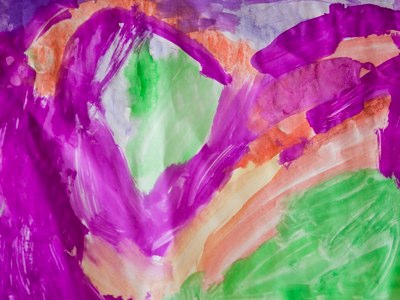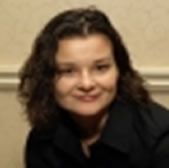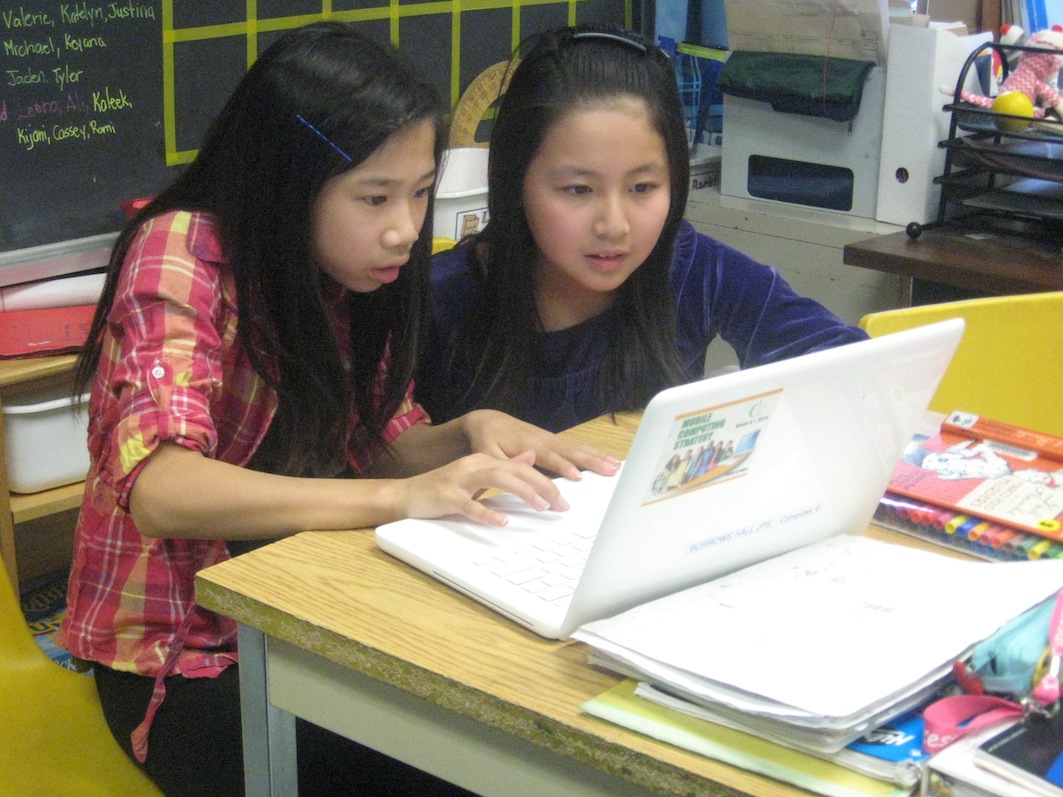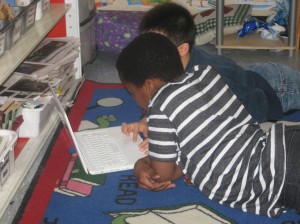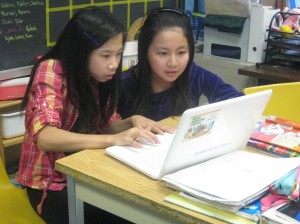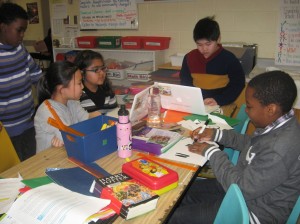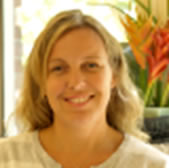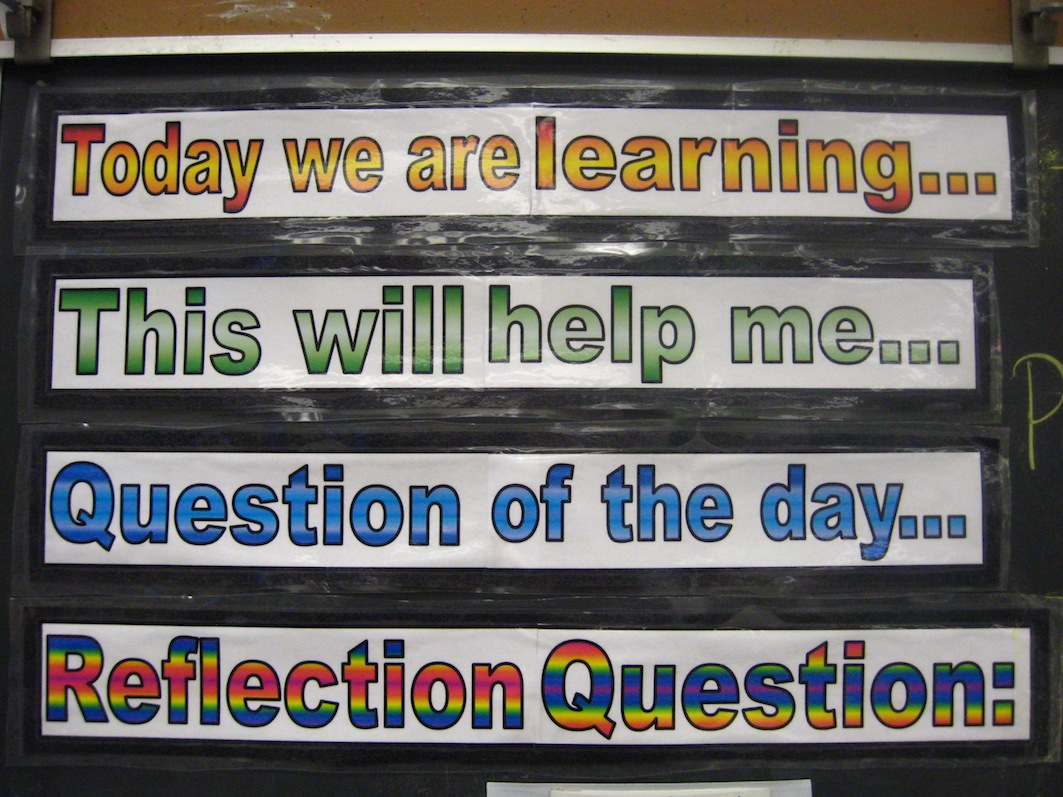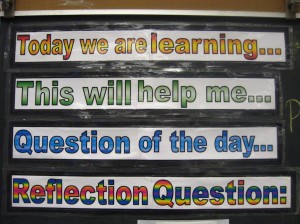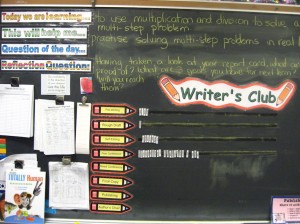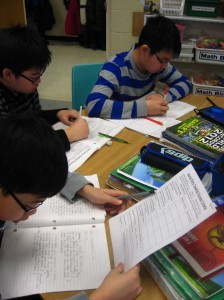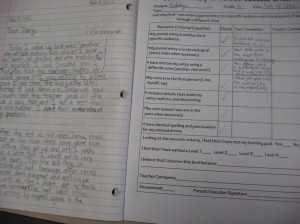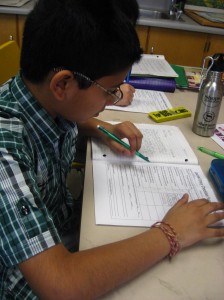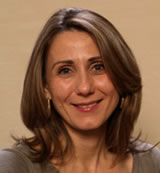Last week, my Long Term Occasional assignment ended. Leaving a classroom three quarters into the year creates some mixed reactions from both students and me, their teacher. Part of me feels a little bit of sadness, knowing that I will miss my students, new colleagues and familiarity of the school I worked at, but I also feel a sense of a renewed resolve, to continue getting to know new schools, and developing other collegial connections that could lead to a permanent contract. Mindful of the upcoming ‘goodbye’ and end of my contract, I did my best to prepare my students for the transition of me leaving and make it a meaningful and positive experience for them.
Throughout the school year, I collected pieces of student work and filed them away. During the last month of my contract, I was hard at work afterschool and evenings, glue-stick in hand, creating a scrapbook of each student’s work. These pieces consisted of writing pieces, crafts, drawings, photographs, math activities that showed the students’ progress. I can’t say that I loved the hours of sorting and sticky fingers that were associated with the task, but I knew that the end result would be worth it. The final addition to their scrapbook was a photograph of me with each student and a ‘goodbye’ poem.
On my last day with the students, and before we had our ‘goodbye’ party, I settled the students and spoke to them about ‘reflecting on our learning’. I encouraged them to recall how some of them struggled with spelling their names at the beginning of the year, and many didn’t know how to read yet or spell many words. I reminded them of the many hours we had spent together at school, how they persevered and had accomplished so much. I then sent the students off with their scrapbook to look at and reflect on the learning and fun that we had done throughout the year. It was interesting to hear some students share their reflections: “Look, Ms. Perrin, in September I didn’t know that my R’s were facing in the wrong direction”. “Why didn’t I finish a lot of my work? Oh yeah, I wasn’t good at focusing so well then”.
Many of them were excited to see a personalized photo of themselves with me, and I was happy to have given them something that demonstrated their learning, and something that they could reflect upon and remember me by. I believe that I have given my students a meaningful ‘goodbye’ as demonstrated by the enormous hugs I received, thoughtful cards and requests to come back and visit. I am grateful to have had the opportunity to have touched my student’s lives in some way, and am equally grateful to have learned so much about Grade 1, from my students.
I’m certain that my next step of daily occasional teaching will bring forth different stirrings of emotions and experiences and it will be inevitable: a lot of learning will take place. Wish me luck!

